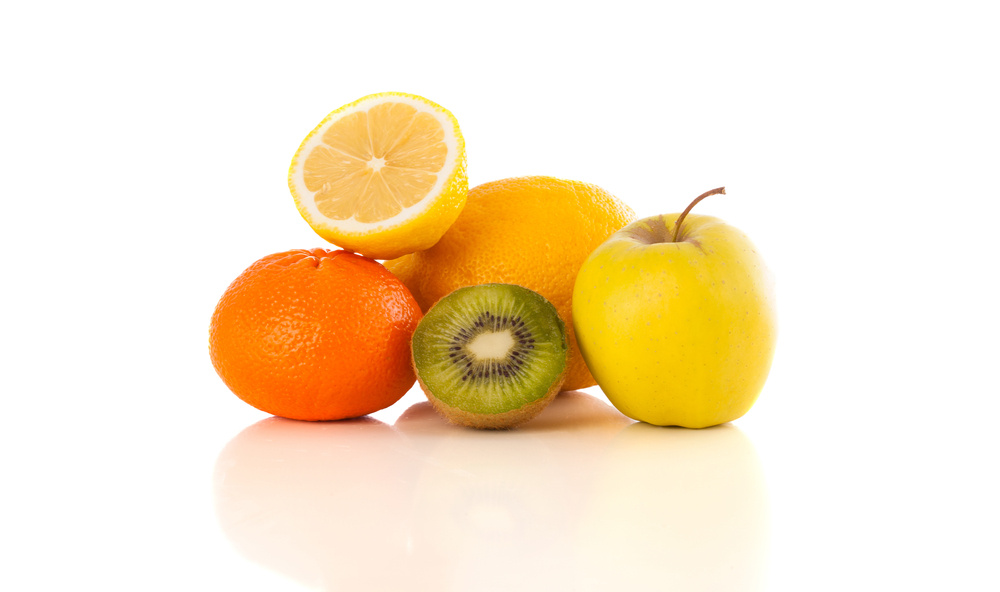Health and Wellness

- August 5 2024
- Abagail Frederick
Don't Forget the Fiber
Are You Getting Enough Fiber? Probably Not.
If you have ever truly calculated the amount of fiber you’re intaking during the day, chances are you would quickly realize the amount is very little compared to what we need. The Institute of Medicine recommends the following:
- Women: 25 grams of fiber per day
- Men: 38 grams of fiber per day
In truth, we are lucky if we are getting in half of that.
Why Is Fiber Important?
Fiber is the part of plant foods (the carbohydrates) that your body can’t directly digest or absorb. While it is true that fiber helps to relieve constipation, help you feel full, and not overeat there are actually more benefits:
- Lower cholesterol
- Reduce the risk of heart disease and diabetes
- Strengthen your immune system
- Regulate inflammation in your body
- Clean your intestinal tract, flushing out anything harmful
- Slow the absorption and release of sugars into your bloodstream
- Feed the good bacteria in your gut
Feeding The Gut Microbiome
There is a growing body of research that shows that a fiber-rich diet can significantly affect the millions of microorganisms that live in your gastrointestinal tract, known as the gut microbiome.
Fiber is crucial when it comes to feeding the good gut bacteria, and creating a diverse microbiome. As I am sure you’ve heard before, this environment is one of the most important in the body. It assists the body with digestion, enables it to better absorb nutrients, helps protect it from disease, prevents bad bacteria from growing, and allows your gut to exchange information with your brain. Supporting the gut is supporting your overall health.
This is just another reason to up your fiber intake!
Where Does Fiber Come From?
Fiber is found in whole fruits and vegetables, whole grains, legumes (beans and pulses), nuts, seeds, and more. No fiber is found in animal products — meat or dairy.
There are two types of fiber: soluble and insoluble.
Soluble fiber dissolves in water and gastrointestinal fluids, creating a gel. This gel feeds the good bacteria in your gut. Soluble fiber helps with nutrient absorption and slows digestion. This helps lower cholesterol levels, reduce the risk of heart disease, and keeps you off the crazy blood sugar roller coaster. Foods with soluble fiber include oatmeal, nuts, beans, lentils, apples, and blueberries.
Insoluble fiber stays intact as it travels through your digestive system. This form of fiber speeds up the movement and processing of waste, helping prevent gastrointestinal blockage and constipation, or reduced bowel movements. Foods with insoluble fibers include whole wheat bread, whole grain couscous, brown rice, legumes, carrots, cucumbers, and tomatoes.
How Can I Get More Fiber Into My Diet?
The more fiber you eat, the better off your health. Like anything else, small changes lead to lasting change. Here are some tips for increasing fiber intake:
- Eat whole fruits instead of drinking fruit juices.
- Replace chips and candy with nuts or raw vegetables for snacking.
- Cook at home rather than eating out for more control over what goes into your meals.
- Swap white rice, bread, and pasta for brown rice and whole grain products (my favorite brands for this are Ancient Harvest, Jovial, and the Aldi brands).
- Choose breads and cereals that have “whole grain” as their first ingredient.
Tip: Read your labels well. “Multigrain”, “7-grain”, and other names often found on bread and other products do not mean that it’s a “whole” grain. Make sure the product you are buying lists “whole grain” as the first ingredient to ensure it is fiber rich.
Some Surprisingly High Fiber Foods You May Not Know About
Here’s more high fiber foods to help get you started upping your intake of this important super nutrient:
- Chia seeds: one tablespoon, 4 grams of fiber
- Ground flaxseed: one tablespoon, 2 grams of fiber
- Chickpeas: one half cup, 6 grams of fiber
- Lentils: one half cup of cooked lentils, 8 grams of fiber
- Avocado: one half cup, 5 grams of fiber
- Frozen peas: one cup, 9 grams of fiber
- Bananas: 4 to 6 grams of fiber, depending on their size
- Popcorn: one cup, 2 grams of fiber
- Artichokes: one medium artichoke, 7 grams of fiber
Tip: Remember to increase your fiber intake slowly over time to help your body get used to it. Drinking more water as you add more fiber will help you ease any gas, pain, or bloating you may experience.
Supplemental Help
Because I am both holistic and realistic, I can recognize the fact that sometimes, I just don’t get in enough and I need something more convenient to help me do so. I use Good Fibrations (powder, more therapeutic) and Minify (capsule, great for on-the-go) to help meet the goals I have set for myself.
Get Some Healthy Habits Help
I can appreciate that there is a lot of information out there about the “right” way to eat and that it can all be a bit overwhelming. I personally choose to simplify and make changes where I can so that I don’t get stressed out about the ins and outs. You don’t have to be perfect to make good things happen!
I am a Certified Natural Health Professional and SHAPE Practitioner. In my consults, I aim to provide practical, easy-to-follow advice on physical, mental, emotional, and spiritual health. This is your journey, and I am here to help you navigate through any obstacles you have.
If you want to improve your health using a combination of traditional and alternative techniques, grab a free mini consult or book a session on our Services page.

Leave Your Comment